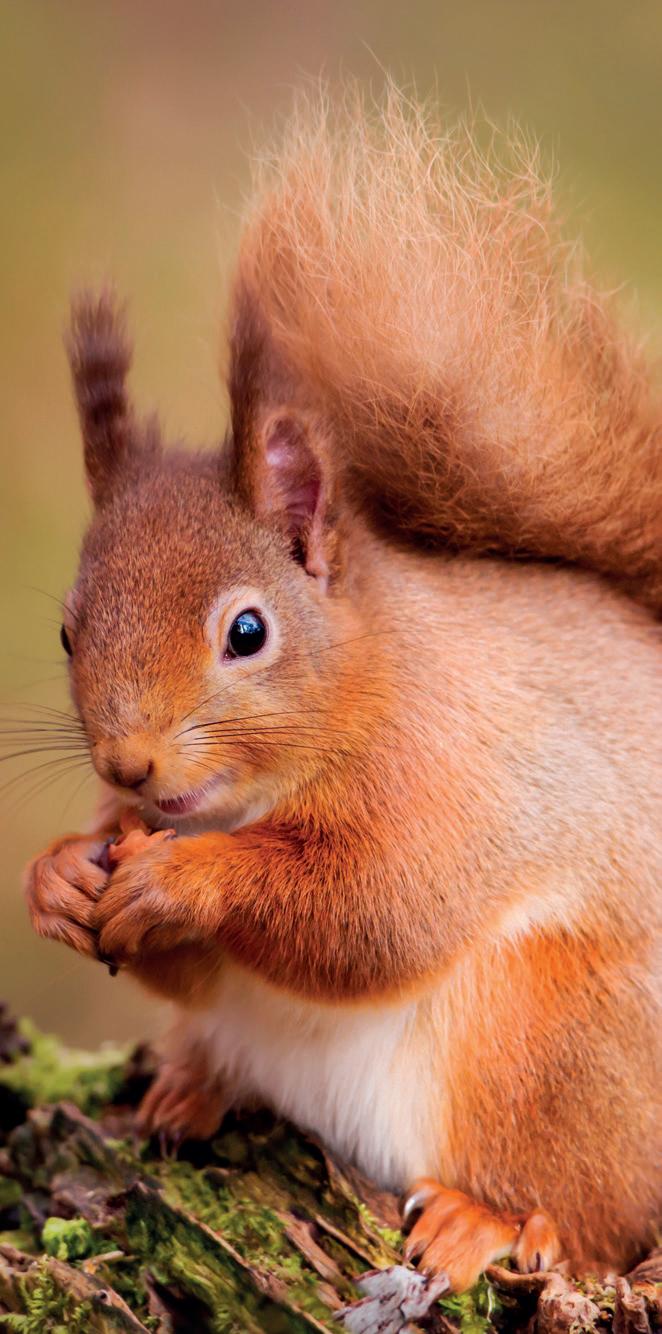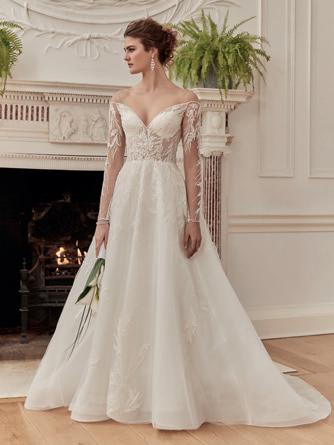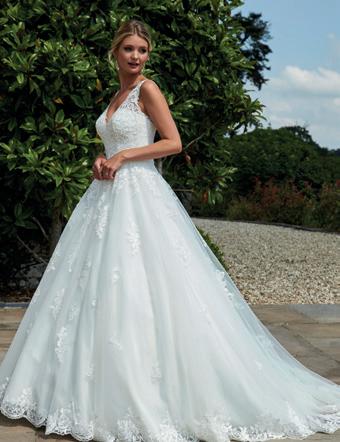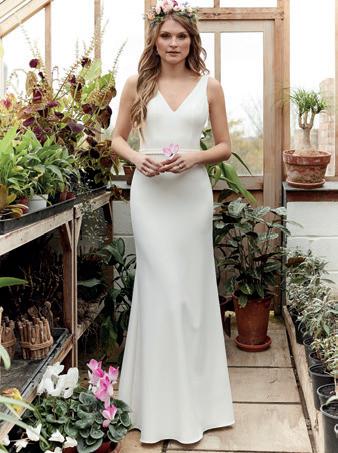
8 minute read
NATURE Animals which will enjoy
TIME FOR BED
We can all agree that 2020 has not got to plan. And it isn’t over yet, with the colder months just around the corner. Little wonder many animals are this month choosing to give the rest of 2020 a miss and sleep through the winter… sounds like a good plan to us!
Advertisement


Words: Rob Davis.
AS THE NIGHTS DRAW IN and temperatures drop, this is the month I’ll be curling up in front of a log fire with a mug of Horlicks and a decent book. I’m not the only one, either. November is the month that a number of our native species enter hibernation or torpor… and incidentally, there’s a difference between the two. In a state of hibernation, animals like hedgehogs enter a state of inactivity, slowing their heart rate and breathing, lowering both their body temperature and their overall metabolism to preserve their energy reserves. Of course they do wake up periodically to search out food or to toilet, and will also awaken if their bodies detect that the temperature has dropped to such an extent that they are in danger of freezing to death… their bodies will prevent ice crystals forming in their blood. Only hedgehogs, dormice and bats truly enter a state of hibernation. Rabbits, shrew and mice, meanwhile, enter a state of torpor, which is a more temporary state and one which appears an involuntary state dictated by hormonal changes and an animal’s response to shorter periods of daylight. In a state of torpor, an animal’s metabolism slows to around 5% of its normal rate.
Helping Out the ‘Hogs
The area’s rural hedgehog population has halved since 2000 according to figures by the British Hedgehog Preservation Society. Creating a hibernaculum in your garden can help, but at least check piles of leaves and bonfires before setting light to them to prevent scorching a poor hedgehog’s bottom. Providing food – dog food or cat food, not bread and milk – for around October will help hedgehogs to build up their fat reserves prior to hibernation which usually begins in November and lasts until mid-March.>>
>> Bats take to the Bedroom The winter months are the most common time to discover bats in your belfry. They usually begin to hibernate slightly earlier than hedgehogs, in October. The UK has 17 breeding species of bat, the most common of which is the small Pipistrelle, which is about 5cm in length. Because bats can’t burrow or make holes to hide in, they tend to roost in existing hiding places, with barns and attics particular favourites. If you’re embarking on home improvement projects during this time, be careful not to disturb them. And if you’ve space in your garden, a bat box will prove welcoming to the animals as long as your box is around five metres off the ground, sheltered to prevent damp, draft-proof and as long as the box receives a bit of sunlight during the day to warm it up. It’s also worth mentioning that it’s illegal to open up a bat box once it’s occupied and that disturbing bats in your attic, roof or barn is also illegal.
Reptiles & Amphibians Reptiles possess the ability to hibernate in a particular fashion, known as brumation, specific to cool-blooded animals. It’s observed by turtles, tortoises, snakes and similar animals. Frogs and newts will also hibernate at the bottom of ponds, but underneath a layer of ice, decomposing leaf litter and plant matter can release toxic gases which are harmful to the creatures, which is why it’s important to keep ponds clear of detritus and to prevent ice from building up. Smashing ice isn’t a good idea either, since the shock wave from doing so can upset fish and shards of ice can damage liners. Floating two or three tennis balls on top of the water - which will move continually over the surface - can help to prevent ice from forming.

Insects in Winter Insects, especially those in wetland environments, sometimes hibernate in larvae form. Honey bees, too, huddle together to make use of the collective warmth of the swarm to combat chilly temperatures. Most butterfly species, says the Woodland Trust, spend winter in the larval stage, but some species hibernate as adults. These include the brimstone, peacock and comma. >>
Main: Seeing red? The native red squirrel is usually less visible in winter.
>> Dormice on Diets Late October also sees the hibernation of the dormouse, which slow their heartbeat & breathing and remain in their nest until April.
Their bodies, during hibernation, remain at just above freezing and the creatures will lose half their body weight during winter, and so make gluttons of themselves towards the end of summer, growing to twice their usual size in preparation for a winter nap.
Badgers Sett off to Sleep Rather than hibernating, badgers enter successive cycles of torpor, usually lasting for 29 hours. This period can vary though and badgers can remain in their setts when conditions are really cold, remaining there for days. Badgers can mate at any time of the year, but January and February are common months – perhaps because there’s little of interest to badgers on TV during these months. They usually emerge from their cycles of torpor in March, but cubs will remain underground until April or May.
Red & Grey Squirrels Interestingly, there’s a slight difference between the activities of the native red and nefarious invading grey squirrel. Grey squirrels were introduced the UK in the early 1800s and established their first wild colonies after escaping around 1876. They now number around 2.5m compared to around 140,000 red squirrels. Red squirrels prepare for winter by storing surplus food, says the Woodland Trust, and are therefore less visible. The grey, on the other hand remains out and about during winter, albeit reducing the number of hours it remains active.
Both are crepuscular and spend time around other colonies in larger dreys, advantaging themselves of the warmth of other squirrels and using their own tails to keep warm. n
The Common Dormouse.



1


2

3
8
- 2021 WEDDINGS -
Find The Dress
1. Wendy, Ronald Joyce: Fit and flare, floral lace overlay. 2. Geometric, Lillian West: All over geometric lace fit and flare dress with plunge V-neck. 3. Jennifer Wren: Ballgown style with an off-the-shoulder neckline, long sleeves and an illusion lace bodice. 4. Olivia Rose, Elderflower: Modern mermaid style with a V-neck and lace waist band. 5. Winona, Silhouette: Classic A-line with V-neckline. 6. Lillian West: Long sleeve crepe romper with lace detail and slit. 7. Countess, Romantica: Fairytale ballgown style with illusion lace shoulder straps, a lace bodice. 8. Mori Lee, Alessia: Fit and flare dress with frosted embroidery. n

Local Stockists: www.ronaldjoyce.com, www.justinalexander.com (Lillian West), www.romanticaofdevon.co.uk (Jennifer Wren, Olivia Rose, Romantica), www.morilee.com.
7


6 5


4



































